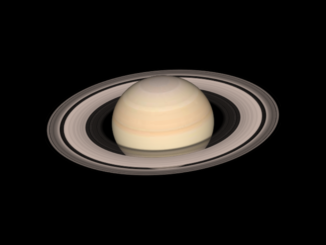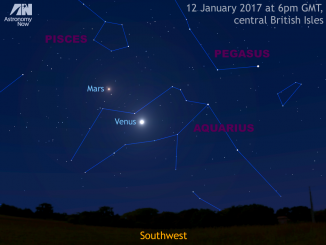
See Saturn at its best after a lunar rendezvous on 9—10 June
Skywatchers in the UK looking to the south-southeast shortly before midnight on Friday 9 June can see the rising full Moon just 2½ degrees above Saturn, the pair fitting comfortably in the same field of view of binoculars and telescopes magnifying less than 20×. Saturn is closest to the Earth for this year on 15 June, so here is our quick observing guide to the ringed planet at its best.









